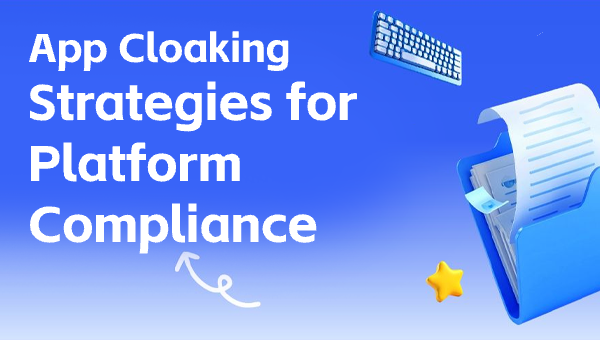App Cloaking Strategies for Platform Compliance

App cloaking is an advanced technique that allows developers and marketers to embed cloaking logic directly inside mobile applications. Instead of server-based redirects, the cloaking happens within the app, making detection significantly harder for ad reviewers or security scanners.
What is App Cloaking?
App cloaking involves controlling what in-app content or flow is shown based on a range of signals such as IP address, geolocation, device fingerprint, or install source. It’s often used in industries with high compliance scrutiny like finance, betting, supplements, and adult.
How It Works
The app contains both “white” and “black” flows
Logic written in the code (or fetched remotely) determines what the user sees
Cloaking decisions are based on device attributes, referrer, VPN detection, or known reviewer IPs
Frequently used in hybrid apps or apps wrapped via WebView/SDK
Use Cases
Deliver compliant UI to Google or Apple reviewers
Show different flows to users from high-risk regions
Hide high-CPA flows from regulators
Avoid detection from platform moderation algorithms
Risks and Best Practices
Always encrypt or obfuscate logic in app builds
Monitor app crash rates to avoid flagging
Test across regions and devices
Rotate IP databases regularly
Conclusion
App cloaking is your stealth layer in the mobile world. Shield sensitive flows with confidence—visit adcloaking.com to get started with powerful app cloaking systems.
